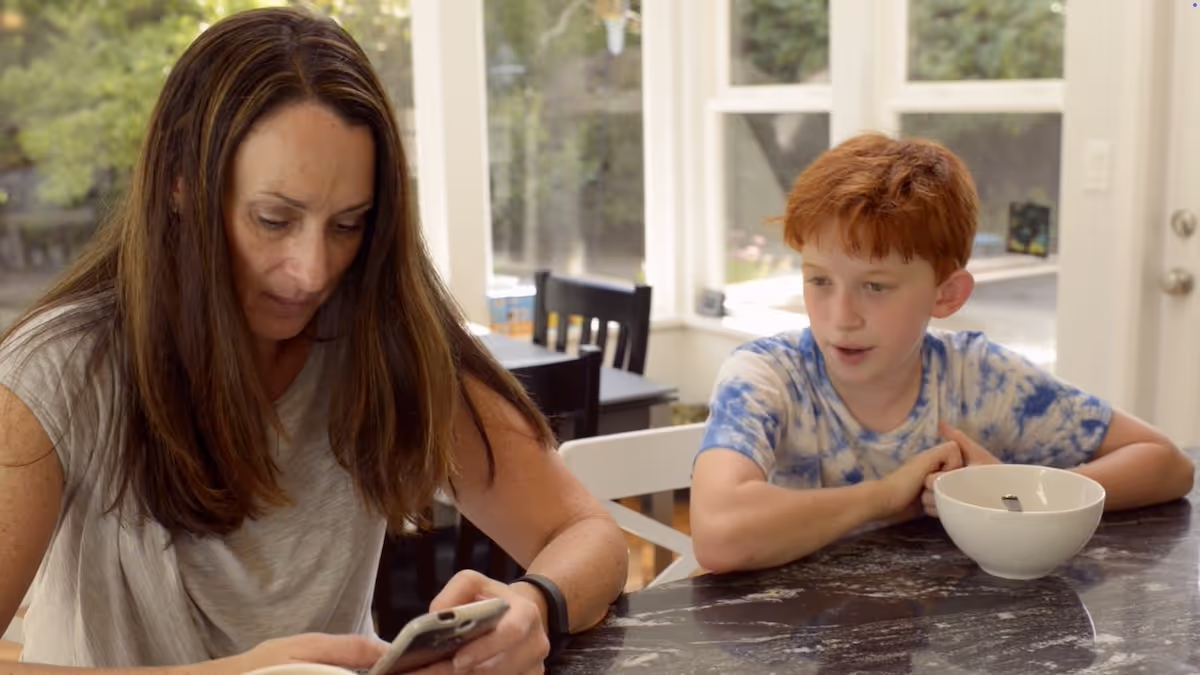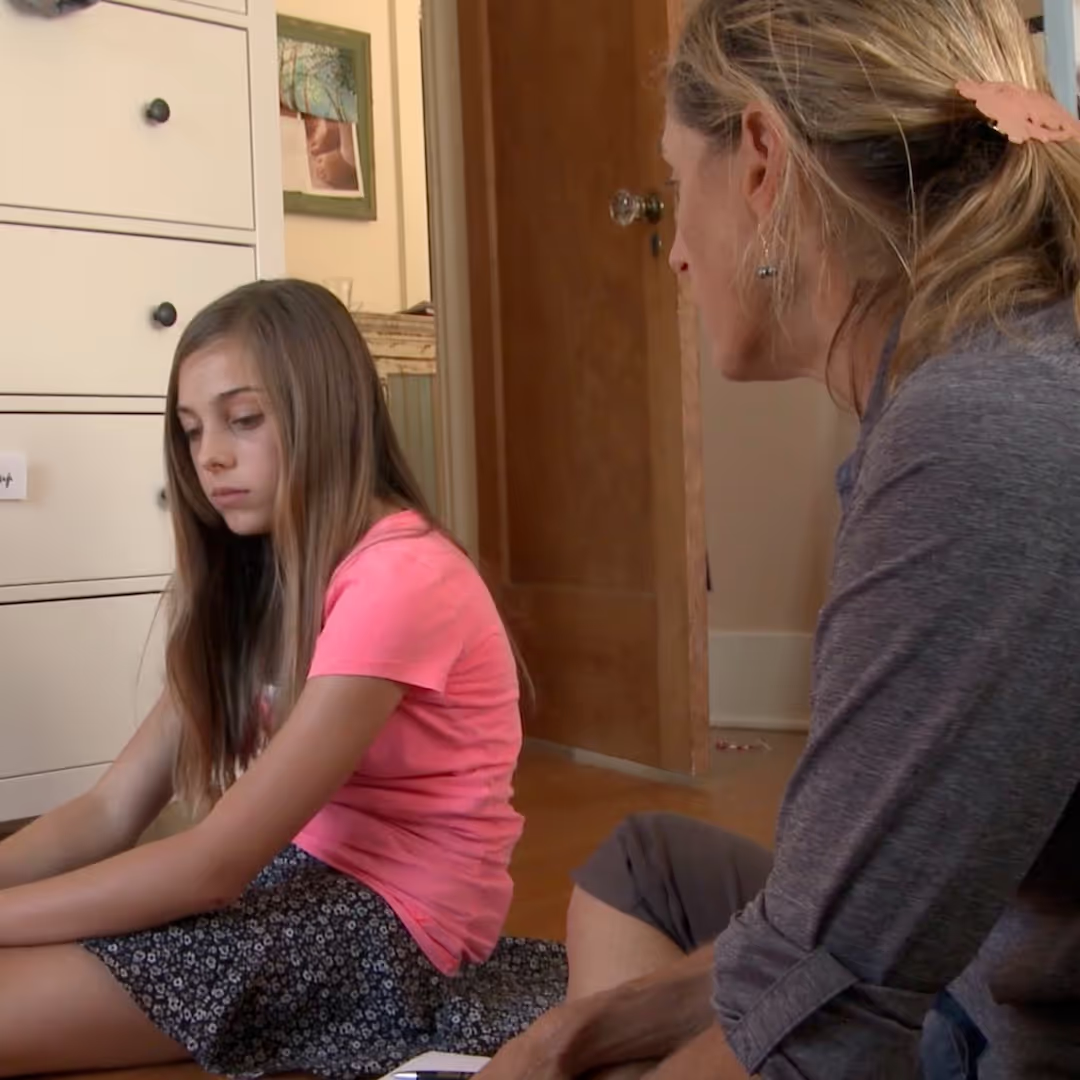



With 2017 on the horizon, the last few days of 2016 are resolution season. Are you considering making some positive life changes? Great, me too.
But how can we make the changes stick…for real this time?
In my twenty years as a physician I have witnessed and experienced how hard it is to actually make a behavior change, no matter how compelling the reason. Even in the face of chronic obstructive lung disease, patients with years of tobacco use try to to quit and don’t always succeed. A person with diabetes can find it so hard to control eating habits, even though it’s a life and death matter.
My primary care experience has taught me that I must start with understanding a person’s readiness to change: Do they really want to? Why? Why not?
The same is true for changing behavior around screen use. Let’s say a teen wants, and even recognizes he needs, to decrease video game playing time Monday through Thursday. Start with the ‘why’: Why would this be a good change to make? What are the challenges or downsides? Lay these thoughts out proactively before making an action plan.
Another key component to success is picking one goal at a time. Define the goal with specifics around what success looks like. When parents say their approach to getting their kids to reduce their screen time is to simply model better use of their own screen time, I get worried. Having a goal like that is vague, and it is unclear how you will know whether you’ve achieved it.
Based on one of my favorite simple books — Living Smart by Joshua C. Klapow — I think this is a great model for change:
S = Set goal
M = Monitor progress, like noting on a calendar each time you succeed
A = Arrange for success, like putting the video game controller out of sight during the week
R = Recruit people to help, like finding a friend who is also cutting back on video game time
T = Treat. (My favorite part!) Choose something that’s a personal reward you value, like having a special dessert or movie tickets or something else from the teen wish list.
Questions to get you started for this week's Tech Talk Tuesday:
As well as our weekly blog, we publish videos like this one every week on the Screenagers YouTube channel
Learn more about showing our movies in your school or community!
Join Screenagers filmmaker Delaney Ruston MD for our latest Podcast

Learn more about our Screen-Free Sleep campaign at the website!
Our movie made for parents and educators of younger kids
Learn more about showing our movies in your school or community!
Learn more about showing our movies in your school or community!
Join Screenagers filmmaker Delaney Ruston MD for our latest Podcast

Learn more about our Screen-Free Sleep campaign at the website!
Our movie made for parents and educators of younger kids
Join Screenagers filmmaker Delaney Ruston MD for our latest Podcast
As we’re about to celebrate 10 years of Screenagers, we want to hear what’s been most helpful and what you’d like to see next.
Please click here to share your thoughts with us in our community survey. It only takes 5–10 minutes, and everyone who completes it will be entered to win one of five $50 Amazon vouchers.

With 2017 on the horizon, the last few days of 2016 are resolution season. Are you considering making some positive life changes? Great, me too.
But how can we make the changes stick…for real this time?
In my twenty years as a physician I have witnessed and experienced how hard it is to actually make a behavior change, no matter how compelling the reason. Even in the face of chronic obstructive lung disease, patients with years of tobacco use try to to quit and don’t always succeed. A person with diabetes can find it so hard to control eating habits, even though it’s a life and death matter.
My primary care experience has taught me that I must start with understanding a person’s readiness to change: Do they really want to? Why? Why not?
The same is true for changing behavior around screen use. Let’s say a teen wants, and even recognizes he needs, to decrease video game playing time Monday through Thursday. Start with the ‘why’: Why would this be a good change to make? What are the challenges or downsides? Lay these thoughts out proactively before making an action plan.
Another key component to success is picking one goal at a time. Define the goal with specifics around what success looks like. When parents say their approach to getting their kids to reduce their screen time is to simply model better use of their own screen time, I get worried. Having a goal like that is vague, and it is unclear how you will know whether you’ve achieved it.
Based on one of my favorite simple books — Living Smart by Joshua C. Klapow — I think this is a great model for change:
S = Set goal
M = Monitor progress, like noting on a calendar each time you succeed
A = Arrange for success, like putting the video game controller out of sight during the week
R = Recruit people to help, like finding a friend who is also cutting back on video game time
T = Treat. (My favorite part!) Choose something that’s a personal reward you value, like having a special dessert or movie tickets or something else from the teen wish list.
Questions to get you started for this week's Tech Talk Tuesday:
As well as our weekly blog, we publish videos like this one every week on the Screenagers YouTube channel
Sign up here to receive the weekly Tech Talk Tuesdays newsletter from Screenagers filmmaker Delaney Ruston MD.
We respect your privacy.

With 2017 on the horizon, the last few days of 2016 are resolution season. Are you considering making some positive life changes? Great, me too.
But how can we make the changes stick…for real this time?
In my twenty years as a physician I have witnessed and experienced how hard it is to actually make a behavior change, no matter how compelling the reason. Even in the face of chronic obstructive lung disease, patients with years of tobacco use try to to quit and don’t always succeed. A person with diabetes can find it so hard to control eating habits, even though it’s a life and death matter.
My primary care experience has taught me that I must start with understanding a person’s readiness to change: Do they really want to? Why? Why not?
The same is true for changing behavior around screen use. Let’s say a teen wants, and even recognizes he needs, to decrease video game playing time Monday through Thursday. Start with the ‘why’: Why would this be a good change to make? What are the challenges or downsides? Lay these thoughts out proactively before making an action plan.
Another key component to success is picking one goal at a time. Define the goal with specifics around what success looks like. When parents say their approach to getting their kids to reduce their screen time is to simply model better use of their own screen time, I get worried. Having a goal like that is vague, and it is unclear how you will know whether you’ve achieved it.
Based on one of my favorite simple books — Living Smart by Joshua C. Klapow — I think this is a great model for change:
S = Set goal
M = Monitor progress, like noting on a calendar each time you succeed
A = Arrange for success, like putting the video game controller out of sight during the week
R = Recruit people to help, like finding a friend who is also cutting back on video game time
T = Treat. (My favorite part!) Choose something that’s a personal reward you value, like having a special dessert or movie tickets or something else from the teen wish list.
Questions to get you started for this week's Tech Talk Tuesday:
As well as our weekly blog, we publish videos like this one every week on the Screenagers YouTube channel


Parenting in this digital age is full of challenges. I imagine many of you are nodding in agreement. And when we look for advice online, it can feel like a sea of perfect experts with perfect advice: “Just follow these three easy steps and everything will fall into place.” In this week’s blog, I share a story about a moment with my daughter Tessa that did not go quite as planned but ended up teaching us both something important.
READ MORE >
Wow! Summer really goes by fast, doesn’t it? Back-to-school is already here for some and not far away for others. Ahead of this school year, I’ve hand-picked four of our most useful blogs. Practical, timely guides to help you set your family up for a healthier, more balanced relationship with technology in the months ahead.
READ MORE >for more like this, DR. DELANEY RUSTON'S NEW BOOK, PARENTING IN THE SCREEN AGE, IS THE DEFINITIVE GUIDE FOR TODAY’S PARENTS. WITH INSIGHTS ON SCREEN TIME FROM RESEARCHERS, INPUT FROM KIDS & TEENS, THIS BOOK IS PACKED WITH SOLUTIONS FOR HOW TO START AND SUSTAIN PRODUCTIVE FAMILY TALKS ABOUT TECHNOLOGY AND IT’S IMPACT ON OUR MENTAL WELLBEING.
